
Astonishing Kültepe Tablets: Some Everyday Turkish Words Date Back 4,500 Years
Remarkable findings are emerging from the ongoing excavations at Kültepe-Kanesh-Karum, one of Türkiye’s longest-running archaeological sites. Led by Prof. Dr. Fikri Kulakoğlu, the excavations of Assyrian cuneiform tablets dating back approximately 4,500 years have revealed traces of certain Turkish words commonly used today.
Located on the Kayseri-Sivas highway, Kültepe has been shedding light on Anatolian history for 76 years. The excavations, supported by the Ministry of Culture and Tourism and the Kayseri Metropolitan Municipality, are now in their 77th season. To date, over 23,000 cuneiform tablets, envelopes, and various records have been unearthed, providing significant insights into the economic and social lives of the people of that era.
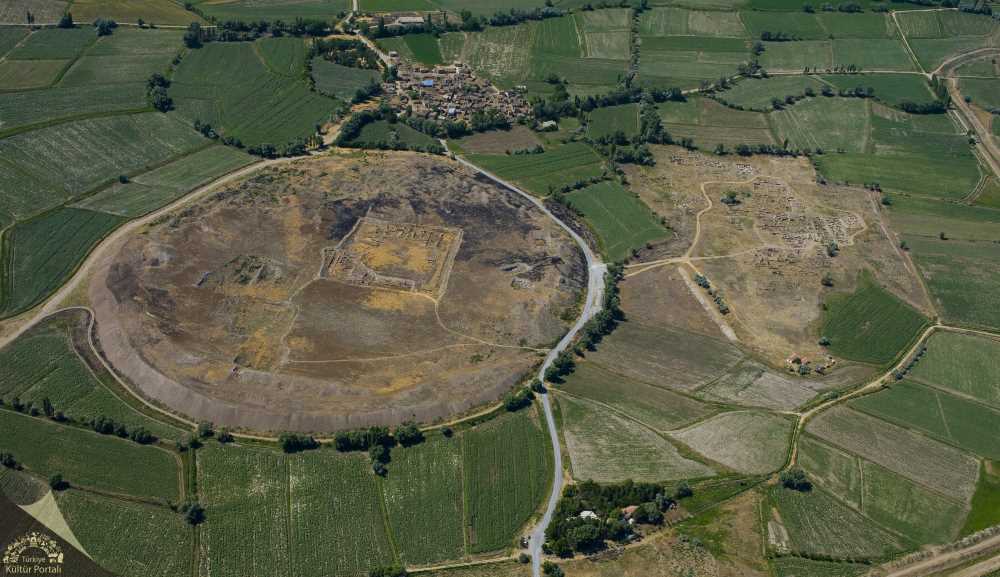
Head of the Kültepe Excavation, Professor Fikri Kulakoğlu, highlighted a striking discovery within the Assyrian texts on the tablets, stating, “Over the 77 years of excavations at Kültepe, more than 23,000 cuneiform tablets, envelopes, and records have been found. The language on these tablets is Assyrian, written in cuneiform script. While many words on the tablets are purely Assyrian, it’s quite astonishing to see words that are very similar to, and even the roots of, words we still use in Turkish today.”
Professor Kulakoğlu mentioned that among these surprisingly similar words are “kira” (rent), “şemsiye” (umbrella), “emlak” (real estate), “akran” (peer), “esir” (captive), “akşam” (evening), “kadir” (value/worth), “keser” (axe), “müzakere” (negotiation), “reis” (chief/head), and “vekil” (deputy/representative) – all words frequently used in daily life. This discovery holds significant importance for understanding the origins of the Turkish language and its linguistic connections with the ancient civilizations of Anatolia. As excavations at Kültepe continue, future research in this area is expected to unveil even more information about the depths of the Turkish language.
📣 Our WhatsApp channel is now LIVE! Stay up-to-date with the latest news and updates, just click here to follow us on WhatsApp and never miss a thing!!
You may also like
- A 1700-year-old statue of Pan unearthed during the excavations at Polyeuktos in İstanbul
- The granary was found in the ancient city of Sebaste, founded by the first Roman emperor Augustus
- Donalar Kale Kapı Rock Tomb or Donalar Rock Tomb
- Theater emerges as works continue in ancient city of Perinthos
- Urartian King Argishti’s bronze shield revealed the name of an unknown country
- The religious center of Lycia, the ancient city of Letoon
- Who were the Luwians?
- A new study brings a fresh perspective on the Anatolian origin of the Indo-European languages
- Perhaps the oldest thermal treatment center in the world, which has been in continuous use for 2000 years -Basilica Therma Roman Bath or King’s Daughter-
- The largest synagogue of the ancient world, located in the ancient city of Sardis, is being restored

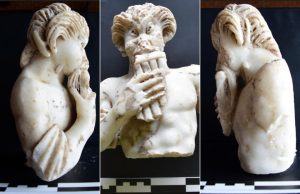
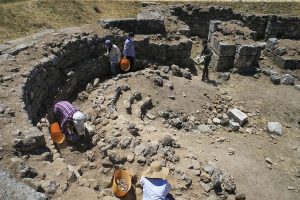
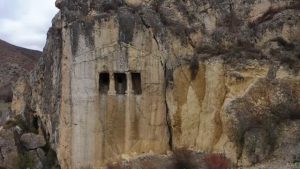
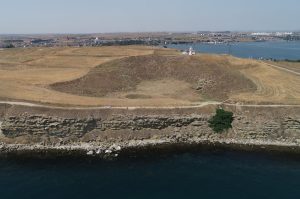
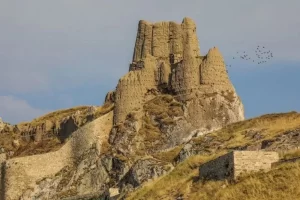
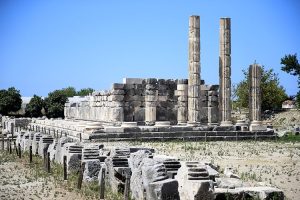


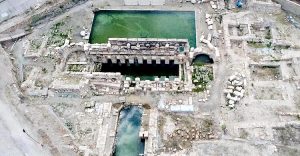
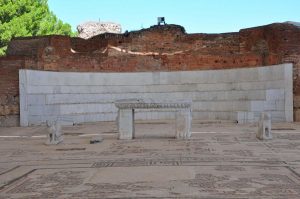
Leave a Reply